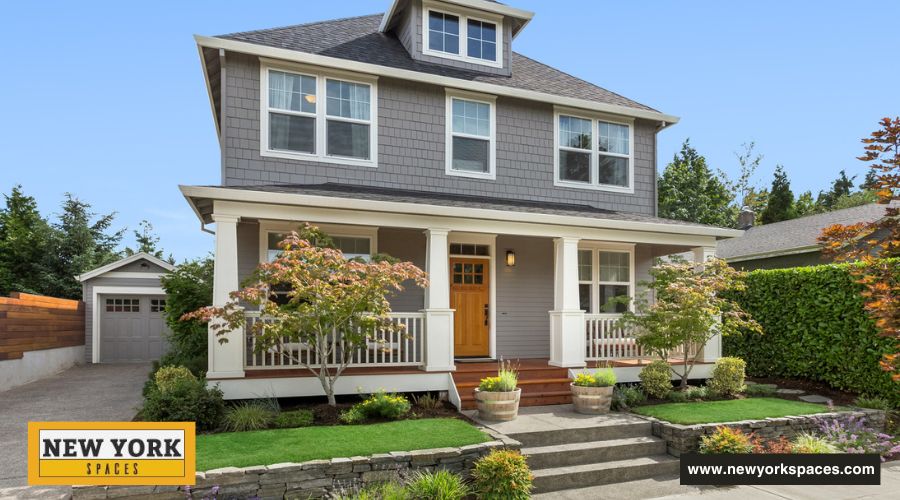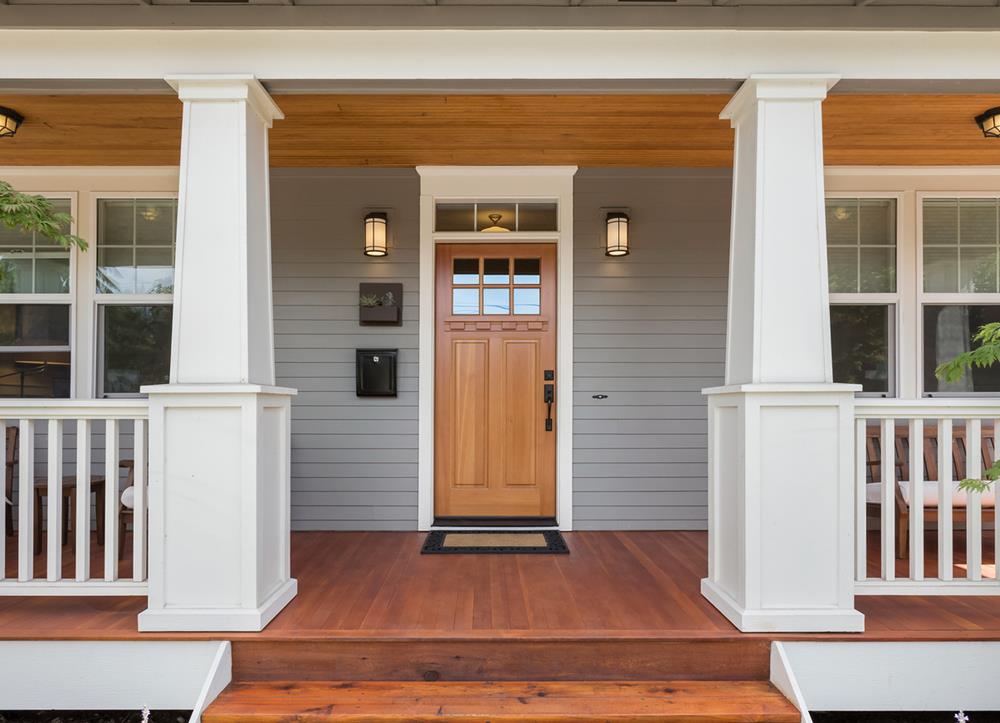The architectural charm and distinctiveness of bungalows have fascinated enthusiasts and homeowners for over a century. Bungalow columns are defining features among the myriad elements that contribute to their allure, embodying the style’s essence and historical roots. This post delves into how bungalow columns define their style, exploring their origins, variations, and significance.
The Origins of Bungalow Columns
To understand how bungalow columns define their style, it’s essential to start with the origins of the bungalow itself. The term “bungalow” traces back to the Bengal region of India, where low, thatched homes, called “Bangla,” were built to accommodate British colonial officers. This architectural form was adapted and popularized in the United States and Britain during the late 19th and early 20th centuries, morphing into what we now recognize as the bungalow style.
Architectural Significance
The architectural significance of bungalow columns extends far beyond their structural role, embodying a deep cultural and aesthetic resonance that is closely aligned with the principles of the Arts and Crafts movement. This movement, emerging in the late 19th and early 20th centuries as a response to the perceived depersonalization and inferior quality of mass-produced goods, championed a return to handcrafted artistry, the celebration of natural materials, and the importance of design in everyday life.
In this context, bungalow columns are not mere architectural elements but are emblematic of a broader philosophical and aesthetic ethos that sought to reform how buildings and objects were made and valued.
Emphasis on Craftsmanship
The Arts and Crafts movement placed a premium on the integrity of craftsmanship, with a particular focus on the skills of the individual artisan. Bungalow columns reflect this emphasis through their meticulous construction and attention to detail. Each column, crafted from wood, stone, or brick, showcases the artisan’s skill in shaping natural materials into functional and decorative elements.
The handmade quality of these columns, often featuring unique joinery or carving, starkly contrasts with the uniform, machine-made components of other architectural styles from the same period. This focus on craftsmanship enhances the aesthetic appeal of bungalows and imbues them with a sense of individuality and character.
Simplicity and Functionality
In line with the Arts and Crafts movement’s principles, bungalow columns exhibit a simplicity of form that belies their functional elegance. This simplicity is not merely aesthetic but reflects a philosophical commitment to honest design, where form follows function, and ornamentation is derived from the inherent qualities of materials rather than superfluous decoration.
The columns’ straightforward shapes—whether the tapered squares common in Craftsman bungalows or the sturdy pillars of Mission-style homes—demonstrate an architectural purity and clarity of purpose. This simplicity ensures that the columns blend harmoniously with the overall structure, reinforcing the bungalow’s integration with its environment and the lives of its inhabitants.
Use of Natural Materials
The choice of natural materials for bungalow columns is another aspect of their architectural significance, echoing the Arts and Crafts movement’s reverence for the natural world. Wood, stone, and brick are the most commonly used materials, each selected for its durability, beauty, and ability to harmonize with the surrounding landscape.
These materials are often left in a relatively unprocessed state, showcasing their natural textures and colors and further enhancing the connection between the built environment and nature. Using local materials also emphasizes a sense of place, grounding the bungalow in its geographic and cultural context.
Types of Bungalow Columns
Bungalow columns come in various shapes, sizes, and materials, each adding a unique touch to the architectural style. Here’s a closer look at some common types:
- Tapered Square Columns: Often seen on Craftsman-style bungalows, these columns start wider at the base and narrow towards the top. They are typically made of wood and rest on substantial pedestals, usually made of stone or brick, giving a sturdy and grounded appearance.
- Round Columns: These are less common but can be found in some bungalow styles. Round columns may be plain or fluted and are often made of wood or stone.
- Brick Columns: Bungalow columns were often constructed entirely of brick in regions where brick was a predominant building material. These columns could be simple or ornately patterned depending on the home’s overall style.
- Stone Columns: Like brick columns, stone columns offer a rustic and sturdy feel, aligning with the bungalow’s emphasis on natural materials.
Design and Detailing
The design and detailing of bungalow columns are crucial in defining the style. These elements often include:
Capitals and Bases
Capitals and bases on bungalow columns can vary significantly, with some showcasing intricate carvings that reflect the naturalistic motifs favored by the Arts and Crafts movement. These decorative elements can transform a simple column into a statement piece, adding layers of visual interest and contributing to the bungalow’s overall aesthetic charm.
The elaboration of capitals and bases often mirrors the architectural attention to detail seen throughout the home, reinforcing themes of harmony with nature and artistic craftsmanship.
Integration with Porches
Integrating bungalow columns with porches exemplifies the architectural aim of seamlessly blending indoor and outdoor spaces. This design approach maximizes the living space and strengthens the home’s connection with its natural setting.
The columns play a critical role in this integration, helping to frame the porch as an inviting transitional space that maintains the stylistic continuity of the bungalow’s design. This synergy between columns and porches underscores the architectural philosophy of creating cohesive, harmonious environments that celebrate the outdoors.
Craftsman Influence
The Craftsman’s influence is particularly noticeable in the meticulous craftsmanship and selection of materials for bungalow columns. Wood columns with detailed joinery and brick and stone columns featuring natural textures and patterns exemplify the movement’s dedication to quality craftsmanship and authentic materials.
These elements reflect the Craftsman ethos of valuing handiwork and natural beauty, infusing bungalow architecture with a sense of integrity and character that is both functional and decorative.
Impact on Bungalow Style
The impact of columns on the bungalow style cannot be overstated. Structural elements and key aesthetic features convey the style’s underlying principles. Here’s how:
- Defining Character: Bungalow columns contribute significantly to the architectural character of the home, helping to define its style as cozy, grounded, and connected to nature.
- Visual Appeal: Through their materials, shapes, and details, columns add visual interest and appeal, enhancing the bungalow’s overall aesthetic.
- Symbolic Meaning: Columns in bungalow architecture symbolize strength and stability, reflecting the home’s role as a safe and enduring haven.
Conclusion
Bungalow columns, rich variety, and deep historical roots are more than architectural features. They embody a style that values simplicity, natural beauty, and craftsmanship. By understanding these columns’ types, materials, and significance, we gain insight into the bungalow style’s enduring appeal and how these structures communicate their architectural narrative.
Through their design, bungalow columns tell a story of cultural adaptation, artistic expression, and a return to handcrafted authenticity. They stand as testaments to the Arts and Crafts movement’s influence and as defining elements of one of the most beloved residential architectural styles. As we appreciate these columns, we’re reminded of the power of architecture to define space, convey values, and create beauty through the simplest of forms.


